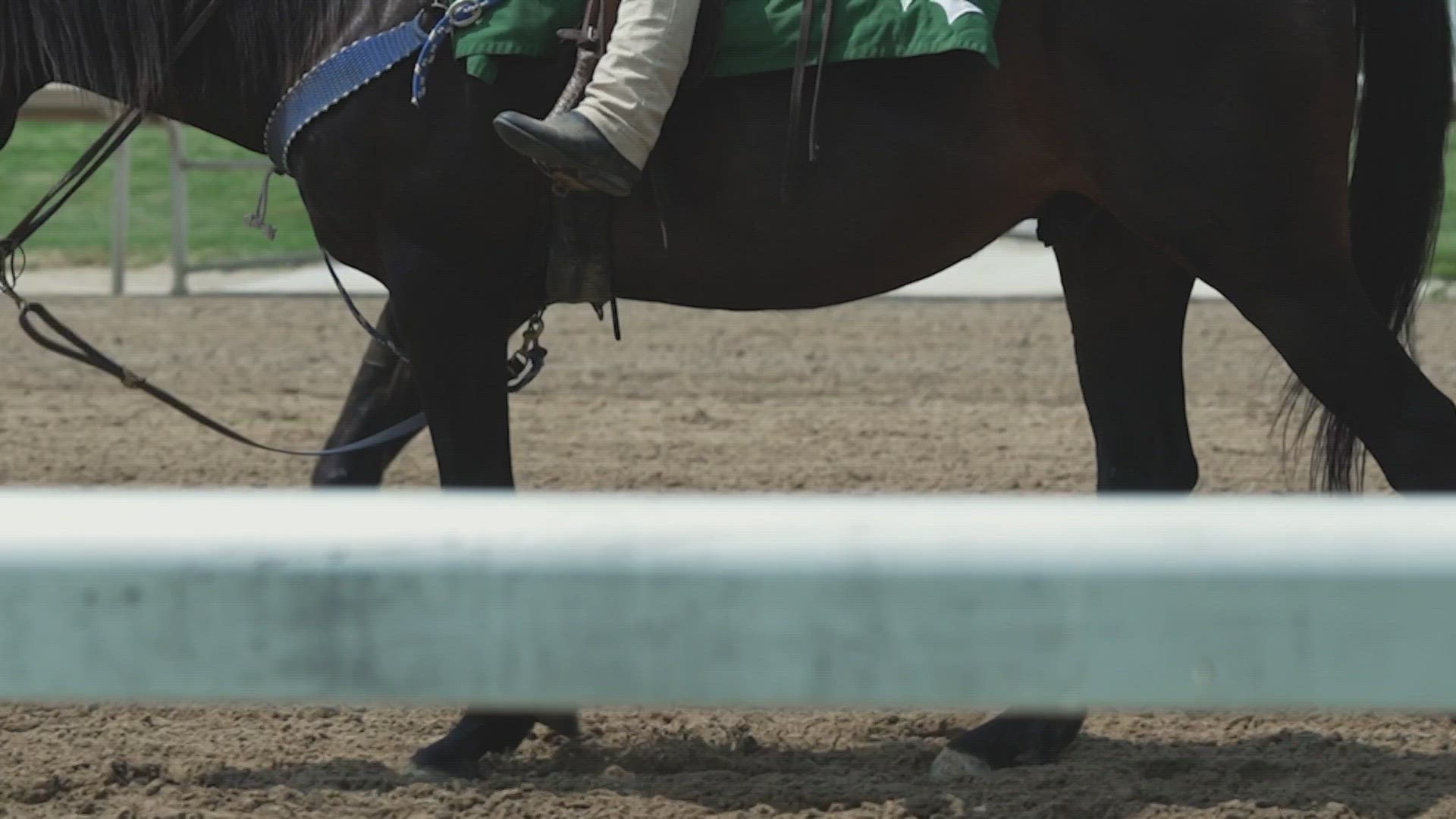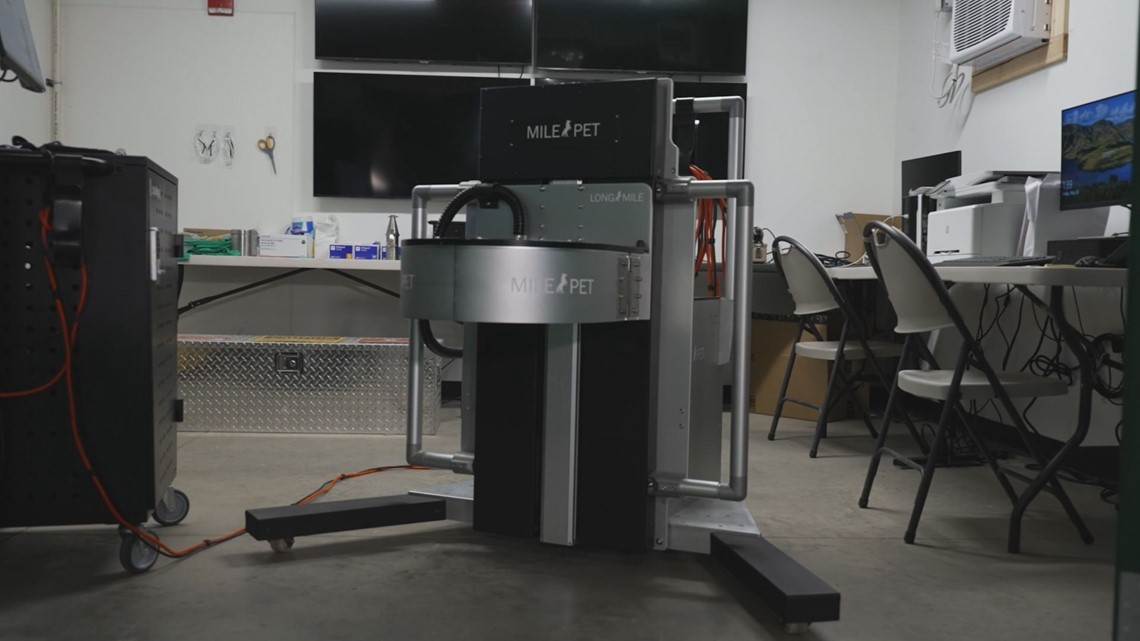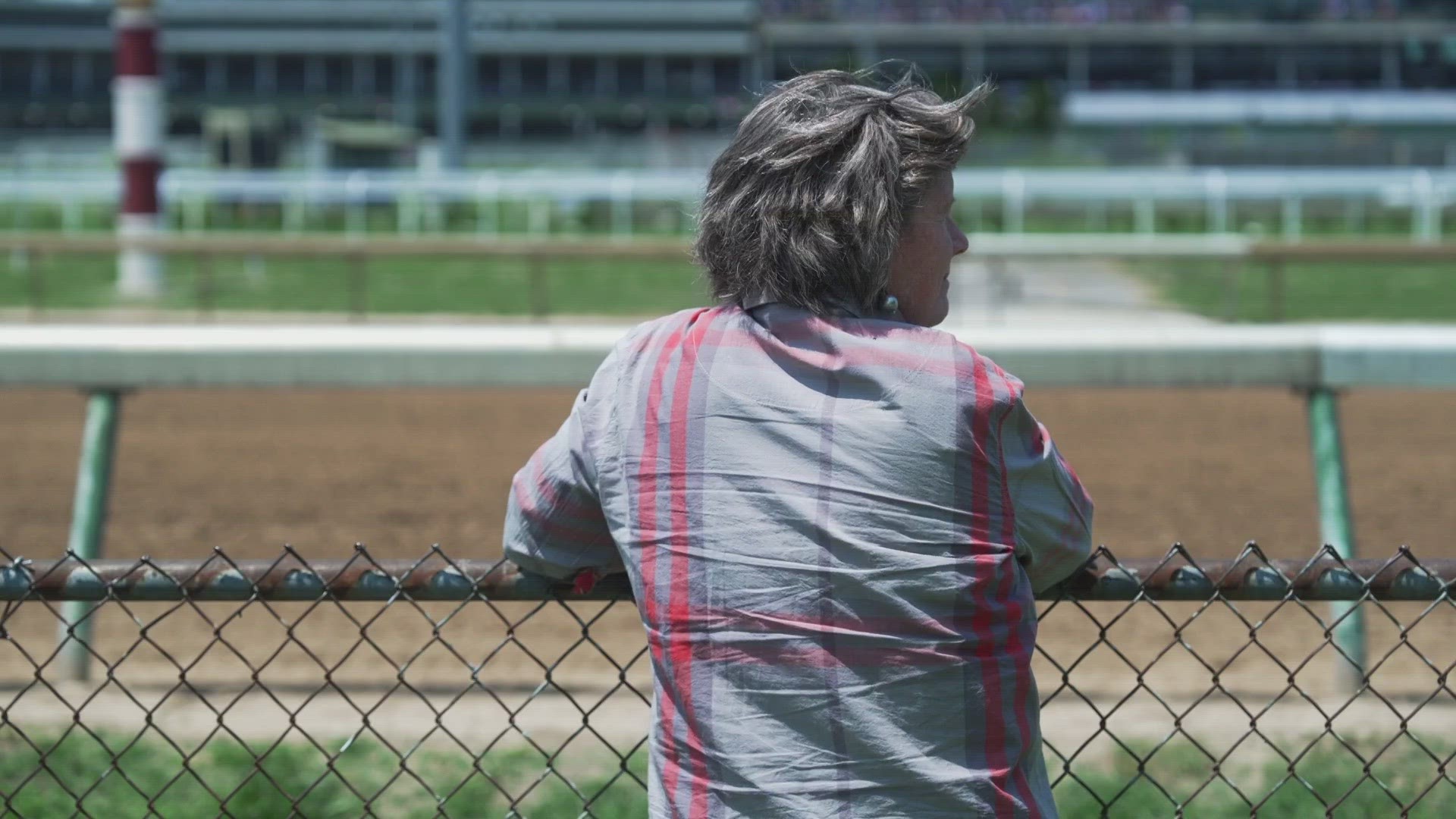Horse racing at Churchill Downs | Where do we go from here?
The job isn’t done on trying to figure out what happened this meet that led to 12 horse fatalities.

Although Churchill Downs moved its horse races to Ellis Park in Henderson County, work continues at the historic track.
The job isn’t done on trying to figure out what happened this meet that led to 12 horse fatalities.
First things first, find the causes and then learn from them.
In the meantime, do everything you can to try to minimize more tragedies at the track.
The Investigation 'Look at all the pieces of the puzzle'
Dr. Mick Peterson, a racecourse surfaces engineer and professor at the University of Kentucky, re-inspected the racetrack at the request of Churchill Downs.
“We are looking at the track information to help the Kentucky Horse Racing Commission go back and look at all the pieces of the puzzle,” Peterson pointed out.
They also used a machine that replicates a galloping thoroughbred’s front leg pounding the dirt at 2,500 pounds of force.
The team conducted the same tests prior to the spring meet and therefore prior to Kentucky Derby 149.
His goal is to find the right ingredients and maintenance to make tracks throughout the country uniform, so the horse doesn’t feel any different running at Churchill as he or she would at any other track.
“There should be a surface that provides the same support for the hoof, and the same ability for the horse to propel themselves forward, and the same loads on the legs so the horse can shift from one surface to another and have the same experience,” Peterson said.
Other pieces of the puzzle include the veterinary history of the 12 horses and their prior medications, as well as their pending necropsies.
“These things are multifactorial, it’s very rarely just one situation,” HISA CEO Lisa Lazarus stressed. “It’s very rarely just one item that’s causing the issue.”
So far, four necropsies have been released of the 12 horses that died this spring meet.
Chloe's Dream was "lightly raced" and showed no signs of concern prior to the race. There were also no drugs in the horse's system according to officials.
The necropsies for "Take Charge Briana," "Parent's Pride" and "Freezing Point" didn't reveal any red flags or illegal drugs in their systems either.
Officials said "Freezing Point's" trainer noted track conditions played into the horse's death, but the rider didn't think it was that.
While no obvious signs of anything wrong with the track have been found, a trainer confirmed with FOCUS that trainers have complained of rocks at the new first-turn seating and have gone out with buckets to pick them up.
Drug Testing Program 'We owe these horses'
Post the Kentucky Derby and the Preakness, and prior to the Belmont, the Horseracing Integrity & Welfare Unit (HIWU) has taken over all drug testing in horseracing in the United States.
The agency, operating under the Horseracing Integrity and Safety Authority (HISA) which was established by the FTC, conducts the tests and decides which drugs either don’t belong in the sport and which ones can be used at specific times.
“It’s something the industry has needed and so it’s our job to deliver on that,” Kate Mittelstadt, HIWU Chief of Operations, said.
The full list of banned and controlled substances is clear.
Banned drugs, such as anabolic steroids, are substances that can’t be possessed, prescribed, distributed or administered in racehorses.
Controlled drugs, such as muscle relaxants, can be used in certain circumstances, but can’t show up in a thoroughbred’s system on race day.
HIWU also introduced the first nationwide out-of-competition testing, which can happen anytime, anywhere, either at the track or off-track.
“Medication control and anti-doping (are) critical to welfare and critical to safety of the horse and whoever’s on their back, and whoever’s behind them on the racetrack,” HIWU's Chief of Science Dr. Mary Scollay said. “It’s a community that’s out there traveling at high speed…we need to work hard to make this work…we owe these horses.”
The anti-doping program isn’t just about exposing cheaters in horseracing.
It’s also about safety.
Technology preventing injuries It's called the P.E.T. machine
Churchill Downs has already invested upwards of a million dollars in new technology which should enhance safety.
It’s a scanning system called a P.E.T. machine; it stands for Positron Emission Tomography.


Unlike horse X-rays and other diagnostic equipment, P.E.T. scans go beyond the bone structure to the cellular level to find potential problems.
“It allows us to see how the body’s responding, the cells are responding to the stresses of, in our case, race training,” Dr. William Farmer, the equine medical director at Churchill Downs, said.
Farmer said studies have shown approximately 85% to 90% of horse fatalities are due to some kind of pre-existing injury, which most of the time are too subtle to find.
“For the first time ever, we’re able to identify that lesion before it becomes a fracture line,” he said.
Make it easy to keep up-to-date with more stories like this. Download the WHAS11 News app now. For Apple or Android users.
Have a news tip? Email assign@whas11.com, visit our Facebook page or Twitter feed.


